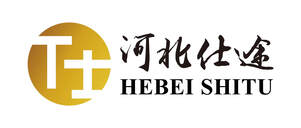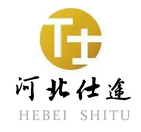|
Refractories are those materials which withstand high temperature without a significant change in chemical or physical properties. Refractory materials are very important to the electric arc furnace (EAF) operation as they allow the containment of the liquid steel in the furnace hearth without damaging the furnace structure. The EAF needs a variety of refractory products out of which the most important are those refractory products which are in direct contact with the liquid steel.
Refractories for the lining of the EAF depend on the design of the EAF. The operating conditions also have a big influence on refractory performance. The operating conditions in the EAF require refractories which are chemically basic and have very good resistance to high temperature and thermal cycling. The design of the present day EAFs features the eccentric bottom tap-hole (EBT) and these furnaces need specialized refractories for their lining. The typical cross-section of the EAF showing different zones of the furnace is at Fig 1. There are different design features of the EAF but they are mainly grouped into three areas namely (i) tapping design such as side tapping or bottom tapping, (ii) power source such as AC (alternating current) or DC (direct current), and (iii) the use of supplementary oxygen (O2) for increase of the melting rate Side tapping EAFs have a spout extending from their furnace side wall for the tapping of the liquid steel in the ladle. The spout is refractory lined, and a taphole through the furnace side wall connects the furnace inside with the spout. Side tapping EAFs tilt around 45 degrees, and hence need a higher refractory side wall lining on the tapping side of the furnace for containing the liquid steel. Bottom tapping EAFs have their taphole through the bottom hearth section of the furnace and need special taphole refractory products. Bottom tapping also enables the reduced height of the refractory side wall because of the lower tapping tilt angle of around 15 degrees to 20 degrees. These two types of the tapping designs are typically shown in Fig 2. #graphiteelectrode #الکترود گرافیتwww.linkedin.com/in/kun-hope-22b45a221/recent-activity/
0 Comments
Leave a Reply. |
|
Hebei Shitu New Material Technology CO., LTD
|
|

 RSS Feed
RSS Feed
